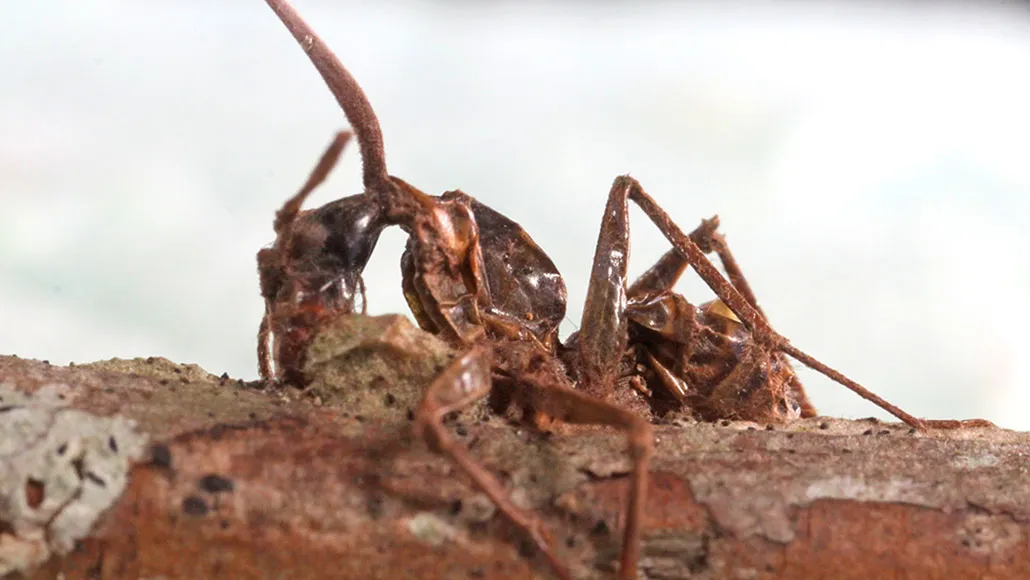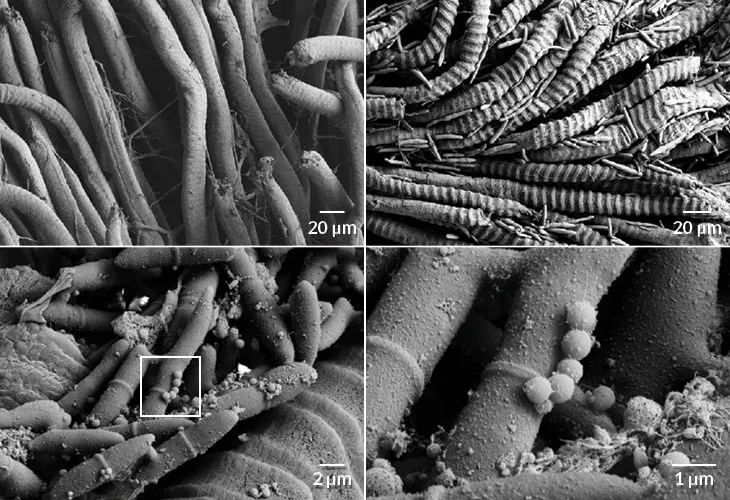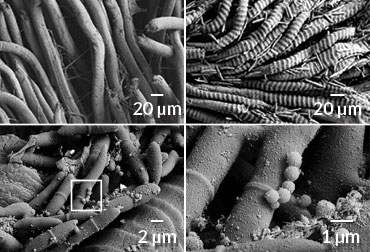A deadly fungus gives ‘zombie’ ants a case of lockjaw
Closeups of infected ants’ jaw muscles may reveal clues to how the fungi take over

DEATH GRIP Once the “zombie ant fungus” invades an ant’s jaw muscles, the insect clings with clenched jaws to a twig until, and even after, its death.
Melissa Ishler; specimen collected by Kimberly Fleming.









